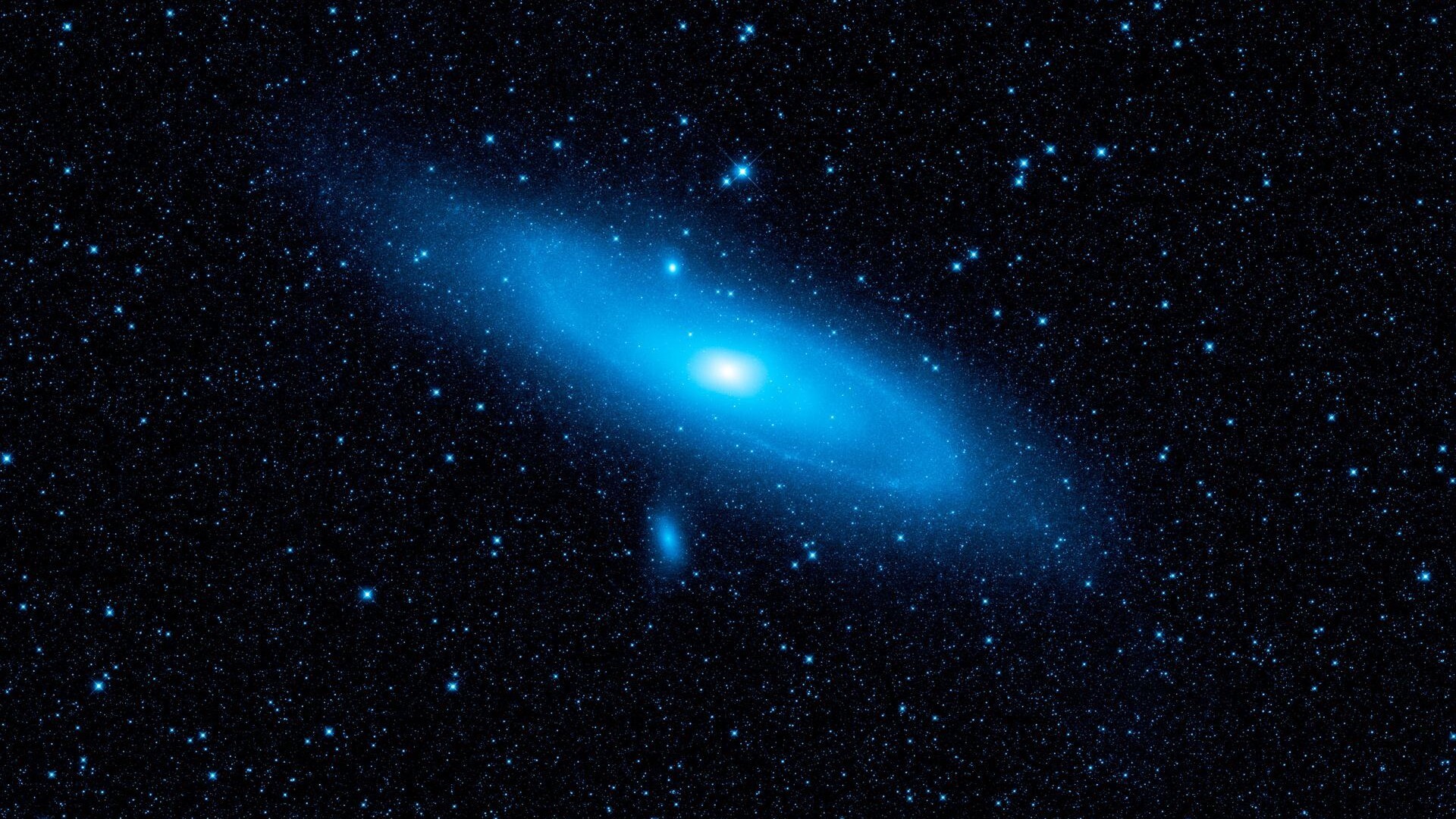Cancers, Vol. 16, Pages 1698: Identifying the Trends of Urinary microRNAs within Extracellular Vesicles for Esophageal Cancer
Cancers doi: 10.3390/cancers16091698
Authors: Kazuhiko Hisaoka Satoru Matsuda Kodai Minoura Hiroki Yamaguchi Yuki Ichikawa Mika Mizunuma Ryota Kobayashi Yosuke Morimoto Masashi Takeuchi Kazumasa Fukuda Rieko Nakamura Shutaro Hori Taigi Yamazaki Takehiko Sambe Hirofumi Kawakubo Yuko Kitagawa
Background: The advancement of multidisciplinary treatment has increased the need to develop tests to monitor tumor burden during treatment. We herein analyzed urinary microRNAs within extracellular vesicles from patients with esophageal squamous cell carcinoma (ESCC) and normal individuals using a microarray. Methods: Patients with advanced ESCC who underwent esophagectomy (A), endoscopic submucosal resection (ESD) (B), and healthy donors (C) were included. Based on microRNA expression among the groups (Analysis 1), microRNAs with significant differences between groups A and C were selected (Analysis 2). Of these candidates, microRNAs in which the change between A and C was consistent with the change between B and C were selected for downstream analysis (Analysis 3). Finally, microRNA expression was validated in patients with recurrence from A (exploratory analysis). Results: For analysis 1, 205 microRNAs were selected. For Analyses 2 and 3, the changes in 18 microRNAs were consistent with changes in tumor burden as determined by clinical imaging and pathological findings. The AUC for the detection of ESCC using 18 microRNAs was 0.72. In exploratory analysis, three of eighteen microRNAs exhibited a concordant trend with recurrence. Conclusions: The current study identified the urinary microRNAs which were significantly expressed in ESCC patients. Validation study is warranted to evaluate whether these microRNAs could reflect tumor burden during multidisciplinary treatment for ESCC.

 3 weeks ago
20
3 weeks ago
20


